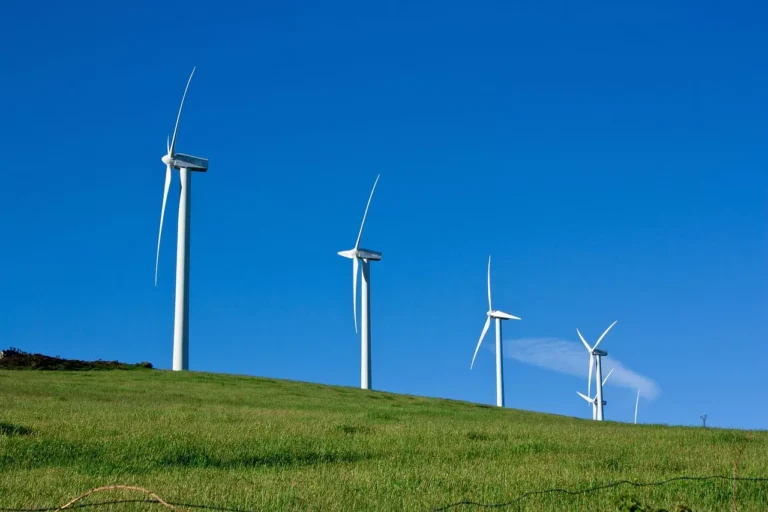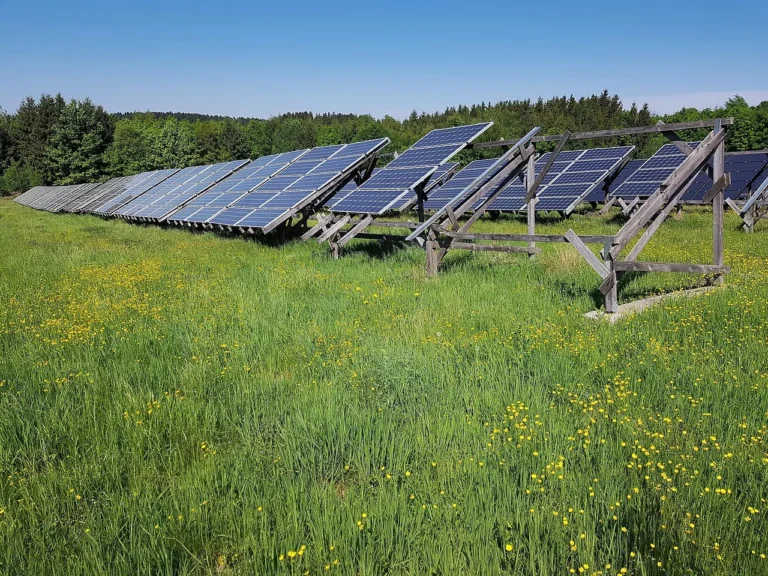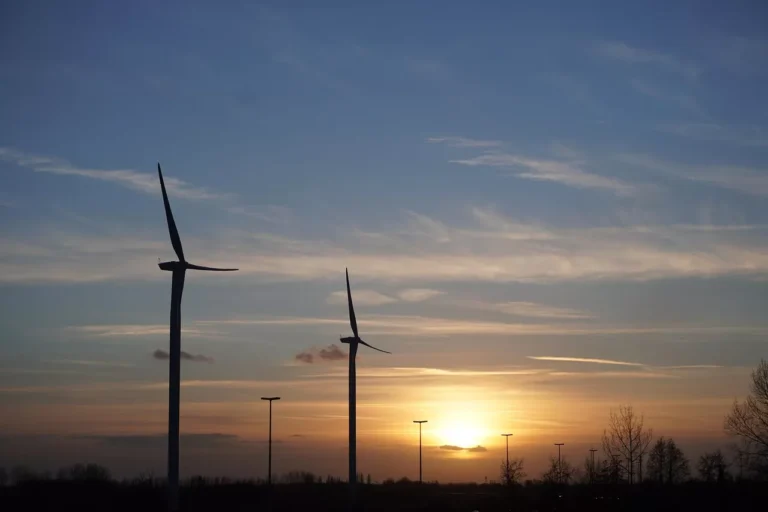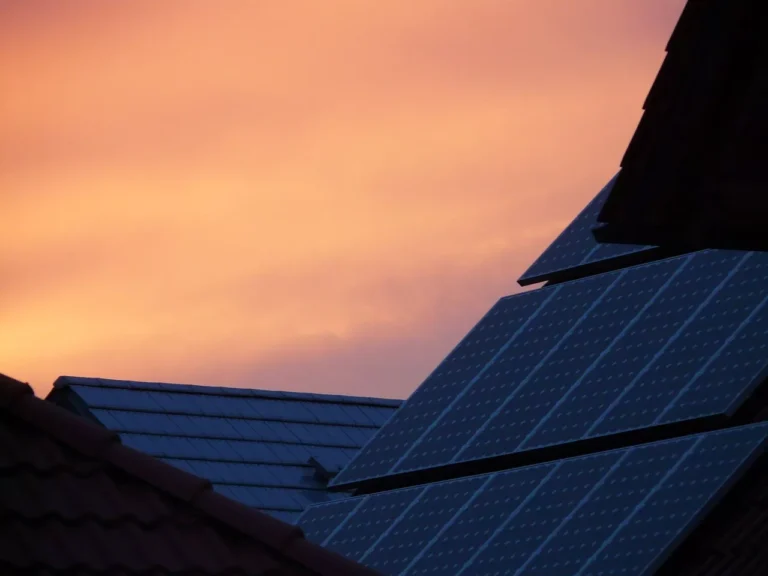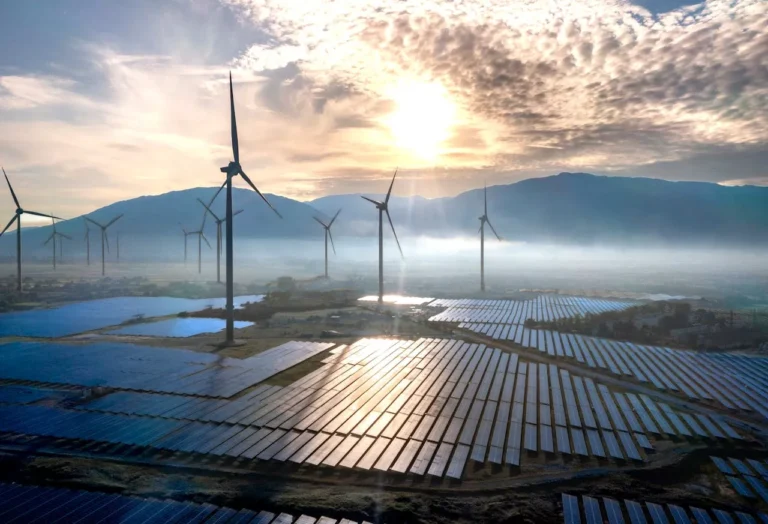
Neoenergia Expands Brazil’s Power Grid with New Section of the Morro do Chapéu Transmission Line
Neoenergia, a subsidiary of Iberdrola in Brazil, has reached another important milestone in the country’s energy infrastructure. Earlier this month, the company began commercial operations of the Poções III/Medeiros Neto II section of the Morro do Chapéu transmission line project, located in Bahia. The new section represents a significant step forward in strengthening Brazil’s national electricity grid, supporting economic growth, and ensuring reliable access to power in key regions of the country.
The construction of this section was completed in the second quarter of 2025, finalizing the installation of 633 megavolt-ampere reactive (MVAr) capacity at the Poções III and Medeiros Neto II substations. This capacity expansion was essential to make the line operational, enabling the project to officially enter into service in August. The successful commissioning underscores Neoenergia’s continued role in advancing Brazil’s transition to a more robust and sustainable electricity system.
Technical and Operational Overview
The newly inaugurated Poções III/Medeiros Neto II section stretches across 317 kilometres, supported by 629 transmission towers, and operates at a voltage of 500 kilovolts (kV). This makes it the fourth of five planned sections within the Morro do Chapéu transmission line project.
The project forms part of Lot 2 of the 2020 transmission auction organized by Brazil’s National Electric Energy Agency (Aneel). Winning bidders in these auctions commit to building and operating new energy infrastructure that supports the expansion of Brazil’s power grid. For Neoenergia, this has meant the construction of one of the most strategically important transmission assets in the country.
The final section of the Morro do Chapéu project is expected to be completed in the near future, which will bring the entire line into full operation. Once fully commissioned, the project will have a total length of 1,091 kilometres, crossing three states: Bahia, Minas Gerais, and Espírito Santo.
A Strategic National Function

The Morro do Chapéu transmission line is not just a regional infrastructure investment—it plays a strategic national role in Brazil’s energy system. Its primary function is to facilitate the transport of electricity from generation hubs to consumption centres, especially in regions where demand is growing.
By extending the transmission network across a vast geographical area, the project will allow energy generated in the Northeast region to flow efficiently to the Southeast, where industrial activity and population density are higher. Specifically, it will provide:
- Transport of contracted energy: Several renewable energy plants in Bahia and surrounding areas already have power purchase agreements (PPAs). The new line ensures these plants can deliver their contracted electricity to the grid without bottlenecks.
- Grid expansion capacity: The line increases the system’s ability to accommodate new renewable projects, including wind and solar farms, which are rapidly growing in the Northeast.
- National grid reliability: The interconnection strengthens the resilience of Brazil’s grid, reducing risks of localized shortages and ensuring smoother power flows across states.
Supporting Renewable Energy Growth
Brazil has made remarkable progress in integrating renewable energy into its power mix. The Northeast, in particular, has become a hub for onshore wind and utility-scale solar projects due to its favourable natural conditions.
However, one of the challenges facing the energy transition is ensuring that renewable generation, often located in remote or less-populated areas, can be delivered efficiently to demand centres. The Morro do Chapéu project directly addresses this issue.
By linking wind and solar plants in Bahia to the wider grid, the project not only supports current contracted output but also paves the way for future expansion. Developers are more likely to invest in new renewable projects when they are confident that transmission capacity is available. This creates a positive feedback loop: more transmission infrastructure encourages more renewable generation, which further strengthens Brazil’s decarbonization goals.
Economic and Social Benefits
The construction and operation of large-scale transmission projects such as Morro do Chapéu also bring economic and social benefits to the regions they cross.
- Job Creation – The building of 629 towers, substations, and high-voltage lines required thousands of workers, many of whom were hired locally. Beyond direct construction jobs, the project generated opportunities in logistics, supply, and services.
- Local Development – Communities along the route benefited from investments in access roads, land compensation agreements, and increased economic activity during the construction period.
- Energy Security – Reliable electricity supply is critical for industrial activity, small businesses, and households. By reducing grid congestion and improving interconnection, the project helps avoid blackouts and voltage instability.
- Long-Term Investment – As part of Iberdrola’s global strategy, Neoenergia’s transmission projects are designed with long-term operation in mind. This ensures decades of reliable service and continued maintenance investment in the regions.
Neoenergia’s Role in Brazil’s Energy Future
Neoenergia is one of Brazil’s leading electricity companies, operating in generation, transmission, distribution, and commercialization. As Iberdrola’s subsidiary, it plays a central role in implementing the parent company’s global vision of a cleaner, more sustainable energy future.
Transmission lines like Morro do Chapéu represent just one dimension of this strategy. Neoenergia is also active in building renewable power plants, operating hydroelectric facilities, and investing in smart grid technologies. By integrating these areas, the company helps Brazil meet its increasing energy demand while aligning with international commitments to reduce carbon emissions.





